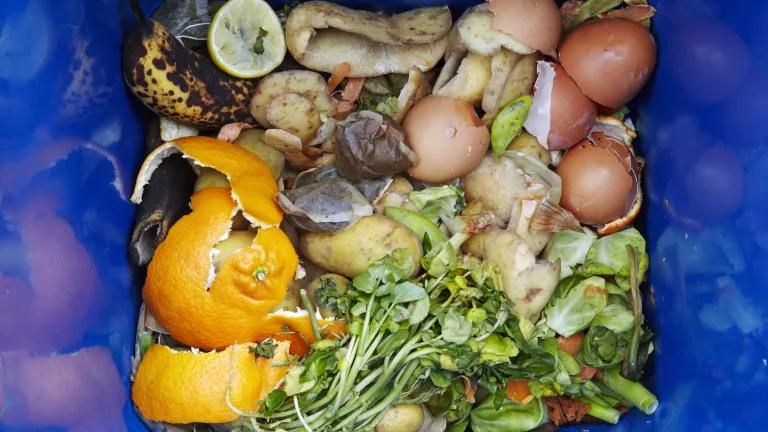
In 2012, NRDC published a groundbreaking report that revealed that up to 40 percent of food in the United States goes uneaten. That is on average 400 pounds of food per person every year. Not only is that irresponsible—it’s expensive. Growing, processing, transporting, and disposing that uneaten food has an annual estimated cost of $218 billion, costing a household of four an average of $1,800 annually.
Our original report sparked a national conversation about wastefulness and its consequences. In 2017, we released an update on America’s progress with recommendations for what needs to happen in order to reduce the amount of food we waste. It is time to stop biting off more than we can chew and clean our plates. There is much work to be done, but we are well positioned to undertake it.
This is about more than just food. It’s about resources. Even with the most sustainable practices, our food system uses enormous resources. Including cropland, fresh water, fertilizers, pest control, labor, and energy to transport and regulate temperature. If we never eat the food, those resources are used in vain. Wasted food is also a major contributor to climate change, producing more greenhouse gas emissions than 37 million cars. The majority of those greenhouse gases are released by growing the food, though a portion is released as methane as food rots in landfills. In fact, food is the number one contributor to landfills today.



